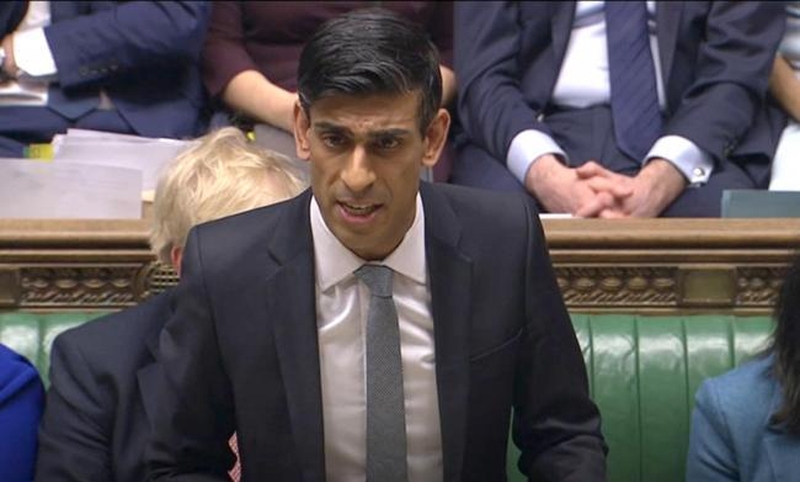Jonathan Schofield finds his favourite potholes and asks what's being done about them
I’ve become quite the connoisseur. For me the finest, the very finest is to be found on Deansgate. It’s got depth, complexity and real personality. I’m talking potholes. These have invested Manchester city centre like an inverse population of moles in a farmer’s field. Manchester's potholes are so manifold and manifest I’m beginning to think they're part of a cunning plan to slow down and deter vehicles from coming in.
I'm going to become a member of the National BMX Cycling Centre in east Manchester, it might stand me in good stead
I use all manner of transport to get around, but my favourite method is bicycle. Bikes get me across town quicker and help me excuse my excess dining and drinking because I’m constantly exercising. This may be flawed logic but it’s comforting. Yet toppling across some of the monster ruts and potholes in the city centre has become a challenge I never signed up for.
Whitworth Street and Peter Street are another couple of streets that provide a fertile pothole hunting ground but I can’t think of many streets with surfaces as smooth as a shave five minutes ago. What’s particularly annoying is it seems the main arteries into the four thousand holes in Manchester, Lancashire, are being massively upgraded.
The present works on Chorlton Road out of the city centre is a case in point, where works associated with a new cycleway are continuing apace, and then we had all the disruption around the Regent Road works. There are numerous examples.
So what’s happening with the roads? The council sent me a very long reply and gave me some stats – the statement is reproduced in full below this article. They denied the city centre was being ignored at the expense of the routes into the city centre.
To condense what the council say, there’s a five-year plan which has been running from 2017 for £80m of road resurfacing and preventative work (pothole filling and ‘a layer of microasphalt overlay’). In the city centre, so far, ten roads have been resurfaced and 16 given preventative work. That equates apparently to 3.3 football fields, which doesn't seem very much to my untutored mind.
There’ll be 13 more roads resurfaced in 2020/21 and 18 more in 2021/22. The council are also assessing a list of more than 40 city centre roads for potential preventative treatment. And let’s not forget the city’s 116,000 ‘gullies.’
Gullies is not an affectionate term for sea birds but ‘a large pot in the ground covered by a metal grid and is usually found at the edge of a road.' The council is ‘inspecting (and cleaning where required) all of the city’s 116,000 gullies. Making sure these are not blocked reduces the water damage which causes potholes.’

Executive Member for the Environment, Planning and Transport, Councillor Angeliki Stogia, told us: “We know that roads in all areas of the city are in need of repair and our Highways Investment Programme has been funded to make a long-term difference, through a five-year schedule of resurfacing, preventative work, pothole repairs and gully cleansing."
Of course, terrible road surfaces is not only a problem in Manchester as the budget highlighted on Wednesday. The Chancellor, Rishi Sunak, promised some £500bn a year to address the issue, saying: "We can't level up Britain and spread opportunity if we are spending our journeys dodging potholes and forking out for the damage they cause. It's vital we keep roads in good condition." One of the regions to be targeted for extra funding is the North West because apparently we’re 'one of the regions with more streets than others’ according to the Home Office.

That budget news came after the council statement so we’re asking for an update, which may take a while to assess.
Of course it’s a bit rich of a Conservative government to refer to potholes given it was their austerity measures which resulted in the terrible state of the roads nationally. This is a case of the doctor poisoning you and then recommending the cure. A Freedom of Information request a couple of years ago revealed Manchester CIty Council was paying out an average of £11,135 per year in pothole damage claims to vehicles. Given there are over 400 councils in the UK then the total claims bill amounts to millions.
By the way, if you do want to report a pothole as dangerous or a nuisance then do it here. Given the shocking state of the roads then one expects that particular link to be busy. Until those roads get repaired we’re just going to have to drive and cycle more carefully.
Back to Deansgate, and the main picture on this article. That pothole on the south side of the junction with John Dalton Street is a beauty. It’s a good five inches deep at points, with the added thrill of old paving setts and a couple of 'gullies' which are something to do with the water supply. One of these has proper thick kneecap shattering exposed edge. I'm going to become a member of the National BMX Cycling Centre in East Manchester, it might stand me in good stead.
The heritage upside of potholes
As a tour guide to Manchester I'm beginning to think seriously of doing a tour called the 'The Pavings of Yore Tour.' The mess of the road surfaces keeps revealing all the clever ways our forebears laid setts to provide a durable road surface. My absolute favourite is on Byrom Street, off Quay Street. Manchester Skin Hospital used to be on the corner of the street here and to help reduce the noise of metal rimmed wheels whining on stone, Byrom Street was paved with wooden sets. It appears asphalt really hates adhering to wood so every once in a while the council do their 'preventative' stuff on the street and within weeks it comes away. Byrom Street provides the best tapestry of road repair in the city centre while revealing a historical oddity.
That council statement in full
Since 2017, the council has been working on a five-year Highways Investment Programme, which will see £80m spent on resurfacing and preventative work for roads across the whole city. All of the city’s roads have been surveyed by engineers and those assessed as being in the most need of repair are being tackled as a priority. Repair work is being concentrated in different areas of the city at different times, to minimise disruption for residents and motorists and to ensure value for money. The city’s key roads, which experience the most traffic, obviously also experience the most wear and tear and hence have in many cases been prioritised for treatment.
In Manchester city centre, we have resurfaced ten roads as part of the programme so far and carried out preventative work on a further 16 (preventative work involves filling potholes and then adding a layer of microasphalt overlay to the road’s surface). The length of roads treated so far equates to 3.3 football pitches. Whitworth Street is programmed to be resurfaced between London Road and Aytoun Street this month.
A further 13 city centre roads are programmed for resurfacing in 2020/21, plus another eight in 2021/22. We are also assessing a list of more than 40 city centre roads for potential preventative treatment. We’re working through a £4m programme of pothole repairs, with work taking place in every ward of the city.
City centre roads are inspected regularly and in total, 553 pothole repairs have been carried out in the city centre during this financial year. In addition to the ongoing repair programme, five dedicated construction and flagging teams have been deployed to the city centre to undertake the rebuild and reconstruction of pavements and public squares.
We are also inspecting (and cleaning where required) all of the city’s 116,000 gullies. Making sure that gullies are not blocked reduces the water damage which causes potholes. The amount of construction traffic experienced in the city centre is small relative to overall traffic levels.
Developments can delay the treatment of roads where site boundaries impede this, but if that is the case, we constantly keep the road safe through pothole repairs. With the support of the Greater Manchester Mayor’s Challenge Fund, we are planning to invest significantly in new walking and cycling routes for the city centre, which will provide a major improvement to infrastructure for people on bikes and on foot.
The proposed Northern Quarter route has recently been presented for public consultation, with a consultation on the Northern & Eastern Gateway route set to start this month.
Executive Member for the Environment, Planning and Transport, Councillor Angeliki Stogia, said: “We know that roads in all areas of the city are in need of repair and our Highways Investment Programme has been funded to make a long-term difference, through a five-year schedule of resurfacing, preventative work, pothole repairs and gully cleansing. “The city centre is of course included in the programme, with nearly 30 roads having already received treatment and hundreds of potholes filled. There will be much more work to come as the programme continues.
“I urge anyone who is concerned about a pothole on a road near them to report it to us at www.manchester.gov.uk/highways, so that it can be assessed. Clearly it is concerning to hear reports of dangerous potholes and these are prioritised for fixing as soon as possible when we identify them through our own proactive assessments, or are alerted to them by residents.”















